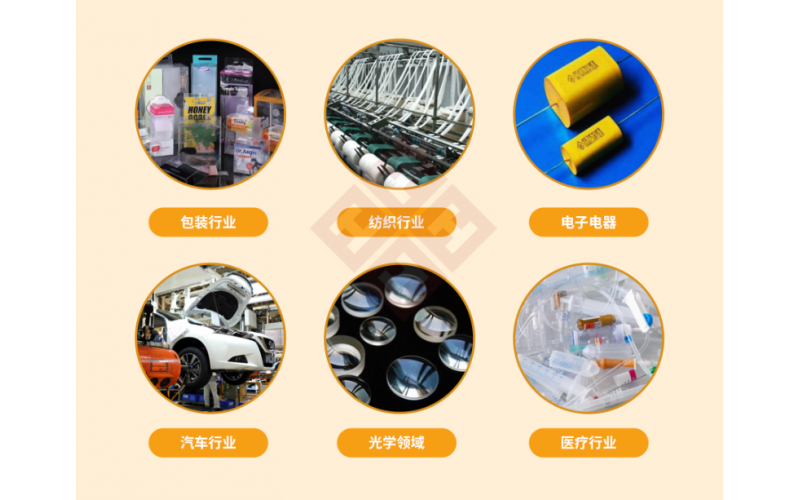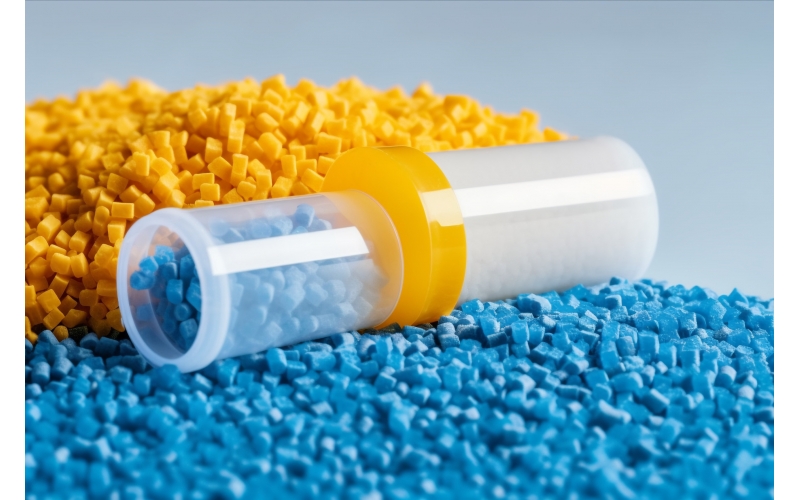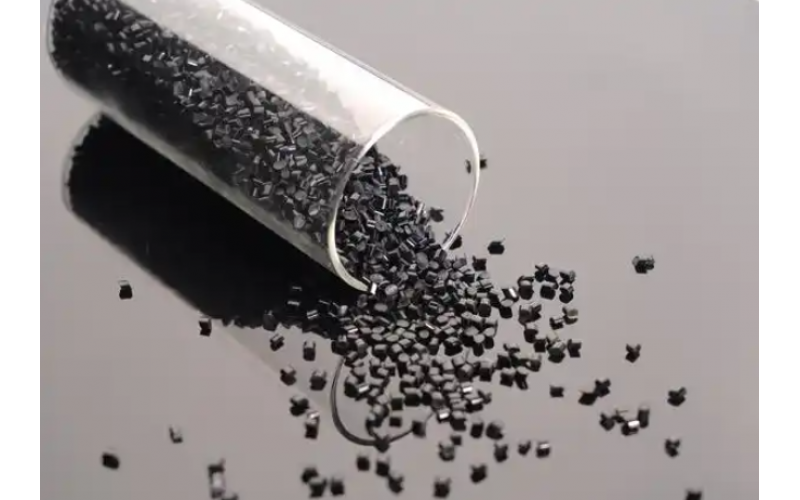-
What is PET material
PET, namely polyethylene terephthalate, is a widely used thermoplastic polyester, and its production volume ranks among the top in synthetic resins. It is indispensable, ranging from daily packaging t
2025/03/12 PET material
-
Physical property table of PP material
I. Physical PropertiesItemValueRemarksDensity0.90 - 0.91 g/cm3Slightly different due to different polymerization methods and additivesMelting Point160 - 170 ℃The melting point of homopolymer PP is rel
2025/03/10 Physical property of PP material
-
What are the common plastic materials
I. General-purpose Plastics (accounting for approximately 80% of the production volume)PE (Polyethylene)LDPE (Low-density Polyethylene): Packaging films, plastic bags, thin films, adhesive bags, wire
2025/03/07 plastic materials
-
The advantages and disadvantages of PVDF materials
PVDF (Polyvinylidene Fluoride) is a highly non - reactive thermoplastic fluoropolymer. The following are its advantages and disadvantages:AdvantagesStrong Chemical Stability: It can withstand the eros
2025/03/05 PVDF materials
-
The advantages and disadvantages of PES materials
Polyethersulfone (PES) material has the following advantages and disadvantages:AdvantagesExceptional heat resistance: PES has a high heat - distortion temperature, allowing long - term use at 180°C an
2025/03/03 PES
-
The advantages and disadvantages of PBT materials
Polybutylene terephthalate (PBT) has the following advantages and disadvantages:AdvantagesExcellent mechanical propertiesHigh strength: PBT boasts high tensile and flexural strength, enabling it to wi
2025/02/28 PBT
-
What are the common processing techniques for plastic parts
There are various processing techniques for plastic parts. Here is an analysis of some common processing techniques for plastic parts:I. Injection MoldingPrinciple: Granular or powdered plastic is add
2025/02/24 Plastic Parts Processing Technologies
-
Can 3D printing replace molds? Yes, with a 60% cost drop.
Here are some cases demonstrating how 3D printing can reduce mold costs:Automated Dynamics: Automated Dynamics used Stratasys' FDM technology to fabricate helicopter blade prototypes. By using sol
2025/02/21 3D printing







